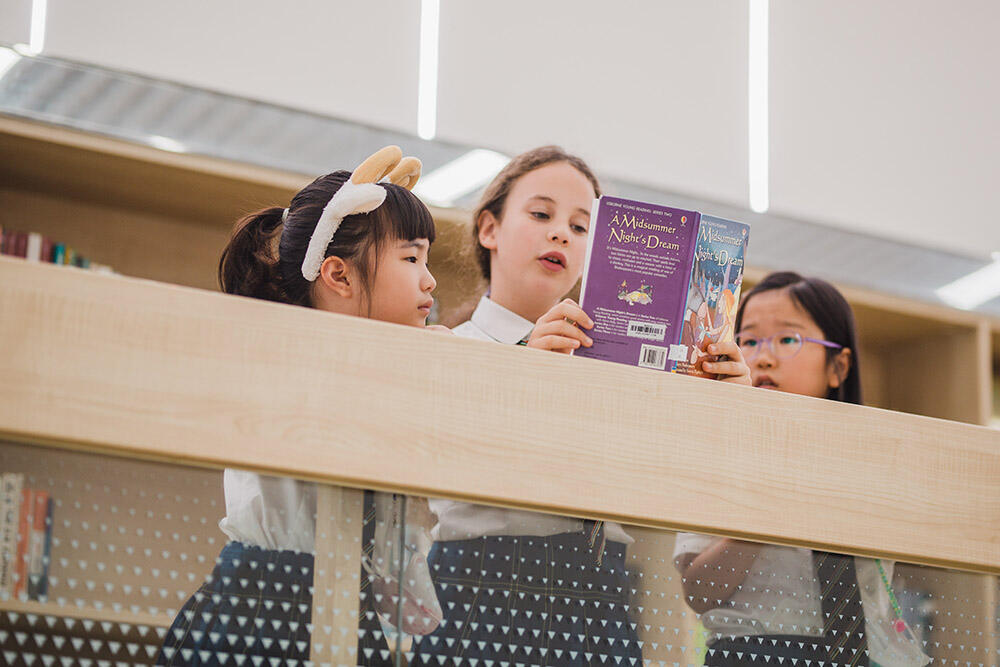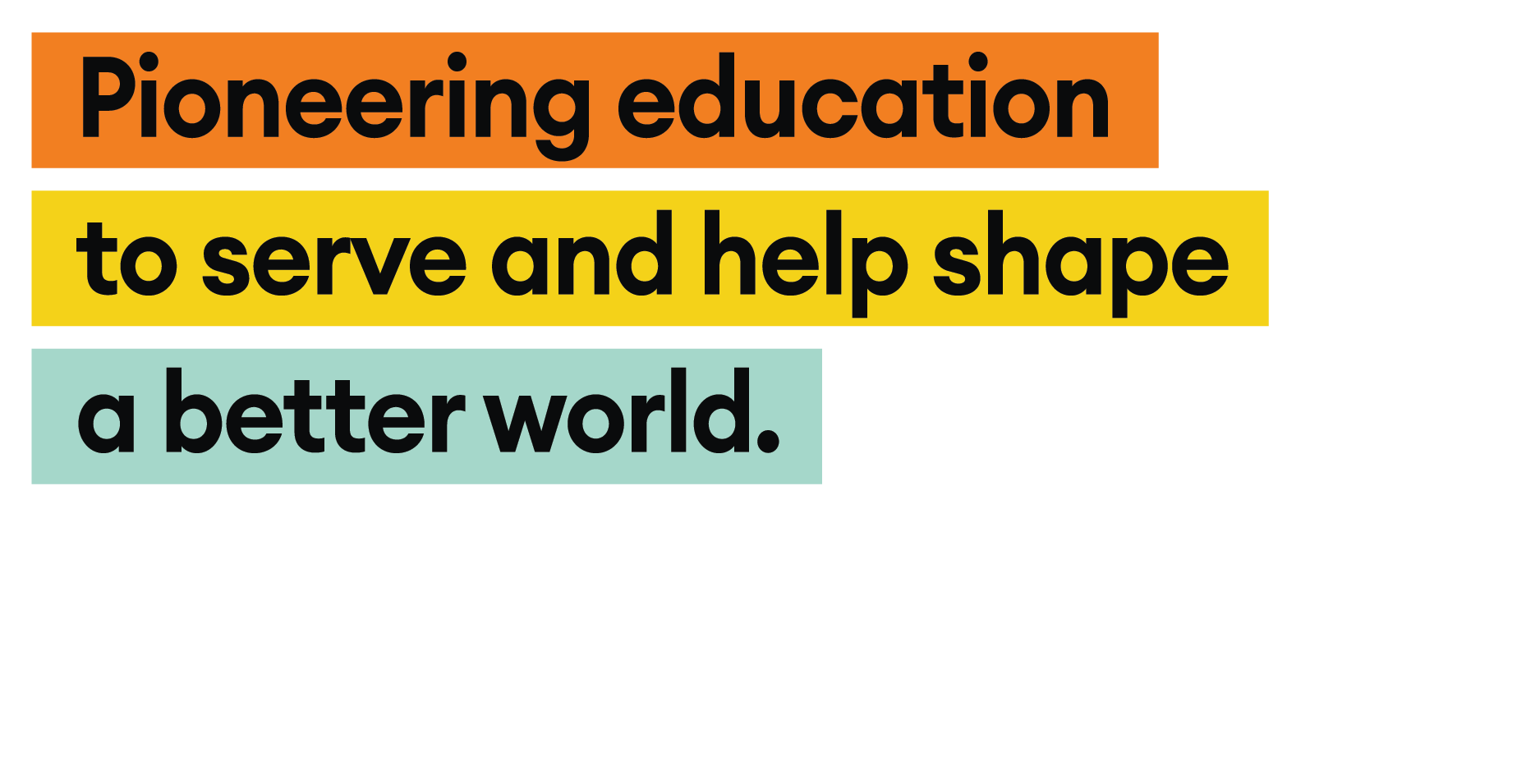Bridging Literacy and Oracy in Junior School
Ms Susanna Thicks
Year 3 Teacher / Read Write Inc Lead
In today's educational landscape, the ability to communicate effectively is paramount. Literacy and Oracy form the twin pillars that support a child's academic journey and personal development. By integrating both powerful written literacy strategies with comprehensive oracy development, educators can provide pupils with a rich and balanced foundation, ensuring they are equipped to succeed in and out of the classroom. In this article, we will explore " From Words to Wisdom: Integrating Oracy in Everyday Education."

Spoken language skills are one of the strongest predictors of a child’s future life chances, but too many children are not given the opportunity to develop these crucial skills (Voice 21). At Wellington College Tianjin, we recognize the importance of incorporating oracy into school life to give pupils the skills to utilize the power of their own voices.

What is Oracy?
Oracy is the ability to articulate ideas clearly, develop a deeper understanding, and engage with others through spoken language. At its core, it encompasses not only the words we use but also how we structure our thoughts and the confidence we have in expressing them. Moreover, it involves the critical skill of listening to and understanding others.


The Role of Oracy in Education
Increasing Confidence: Oracy helps pupils believe that their voice has value. It equips them with the skills needed to develop their thoughts and communicate in a way that others will listen and respect.
Improving Academic Outcomes: The ability to think critically, reason together, and use a rich vocabulary to express knowledge and understanding is paramount. Oracy contributes significantly to academic success by fostering these abilities in pupils.
Fostering Wellbeing: Through effective communication, pupils can build and maintain relationships, resolve conflicts, and express their feelings. This, in turn, supports their overall mental and emotional wellbeing.
Narrowing Attainment Gaps: By promoting oracy, schools can help close academic gaps among pupils, leading to longer-term social equity and creating a more inclusive environment for all learners.

Everyday Oracy in Schools
Oracy should not be confined to specific lessons or activities but should be an integral part of everyday learning. It involves teaching pupils to talk effectively in all areas of school life and encouraging them to engage in meaningful discussions everywhere and anywhere in the school environment.



Effective Strategies to Build Oracy
To cultivate strong oracy skills, it's essential to focus on various strands:
Linguistic: This includes the choice of vocabulary and the explicit teaching of subject-specific language.
Physical: Elements such as tone of voice, body language, and physical presence are crucial.
Cognitive: Developing reasoning skills, the ability to decide how and why to say something, and understanding the rationale behind it.
Social and Emotional: Engaging with peers, having the right to speak, and listening actively to others.

Oracy Framework: Voice 21

Here are some strategies that we utilize to effectively build oracy in the classroom:
Pupil Participation in Setting Discussion Norms: Allowing pupils to decide what they think is essential for class discussions fosters ownership and engagement. Each class forms a tailored set of discussion guidelines that they will use and build on throughout the year.
Encouraging Specific Language Use: Prompting pupils to use subject-specific language helps them think more deeply about their statements and discussions. Teachers may provide pupils with oracy roles or pupil talk tactics, where pupils are given a specific role and are provided with prompts to help structure a group discussion.

Discussion Roles: Voice 21
Using Sentence Starters: Providing sentence starters under various themes assists pupils in structuring their discussions. Over time, with consistent use, this becomes a natural part of classroom interaction.
Talking Points: Teachers plan carefully to include provocative, or higher-level questions which engage pupils to think more critically, rather than a yes/ no question.
Sticky High-Fives: Implementing fun and engaging activities like sticky high-fives can encourage active participation and mutual support among pupils, as well as giving pupils the opportunity to interact with a wider audience.

By integrating oracy into everyday school life and employing these strategies, educators can help pupils develop the vital skills needed to express themselves clearly and confidently, leading to enhanced learning experiences and better academic outcomes.
Related Articles









 Channel
Channel 
 Linkedin
Linkedin  Facebook
Facebook  Ins
Ins 








